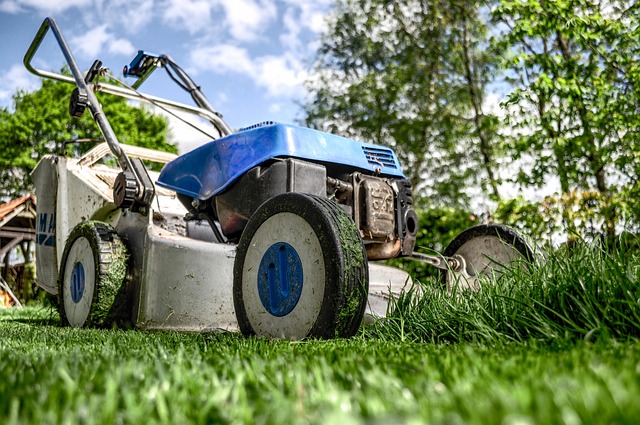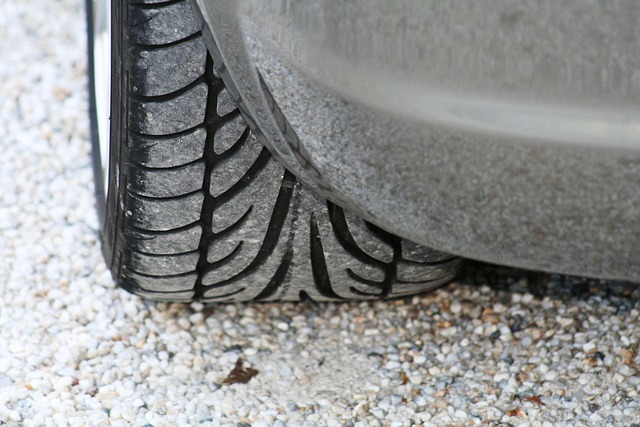Essential Tree Services: Maintaining and Enhancing Your Outdoor Space
Professional tree services can transform your property's appearance, safety, and value. From routine maintenance to emergency removal, understanding the various aspects of tree care helps homeowners make informed decisions about their landscape management. Whether you're looking to enhance curb appeal or address potential hazards, proper tree care is a crucial investment in your property.

Tree services encompass a wide range of specialized care designed to maintain the health, safety, and aesthetic appeal of trees on residential and commercial properties. From routine maintenance to emergency situations, professional arborists provide expertise that helps preserve valuable trees while protecting property and people from potential hazards.
Understanding Professional Tree Trimming Services
Tree trimming is one of the most common and essential tree maintenance practices. Professional tree trimming services go beyond simple branch removal—they involve strategic cutting to improve tree structure, promote healthy growth, and enhance overall appearance. Certified arborists understand proper trimming techniques that prevent disease spread and minimize stress to the tree.
Regular trimming removes dead, diseased, or damaged branches that could pose safety risks during storms or high winds. It also helps maintain appropriate clearance from structures, power lines, and walkways. For fruit trees, proper trimming can significantly increase yield by allowing sunlight to reach more branches and improving air circulation throughout the canopy.
Most experts recommend scheduling professional tree trimming every 3-5 years for mature trees, though young trees may benefit from more frequent shaping. The best time for trimming varies by species, but late winter or early spring is generally ideal for most deciduous trees, as they’re dormant and less susceptible to stress or pest infestation.
Essential Tools That Cut Wood for Tree Maintenance
Proper tree care requires specialized equipment designed for different cutting applications. Understanding these tools helps homeowners recognize the complexity of professional tree work and appreciate why certain jobs require expert handling.
Hand pruners or secateurs are perfect for small branches up to ¾ inch in diameter. For medium-sized branches (up to 2 inches), bypass loppers provide the necessary leverage and cutting power. Pruning saws come in various forms, including folding saws for branches up to 4 inches and bow saws for larger limbs.
For substantial cutting needs, chainsaws remain the primary power tool in tree care. Professional-grade chainsaws feature different bar lengths to accommodate various tree sizes. Pole saws—extended cutting tools that allow trimming of higher branches from the ground—reduce the need for ladder work in many situations.
Safety equipment is equally important as cutting tools. Professional arborists utilize helmets with face shields, cut-resistant chaps, specialized climbing gear, and fall-protection systems. This extensive array of equipment represents a significant investment that contributes to the cost of professional tree services.
Backyard Home Improvement Ideas Featuring Trees
Trees serve as natural focal points that can transform ordinary backyards into extraordinary outdoor living spaces. Strategic tree placement and maintenance create shade, privacy, and visual interest while potentially increasing property value.
Creating a shaded seating area beneath a mature tree provides a natural retreat from summer heat. Adding a circular bench around a tree trunk creates an inviting conversation space, while string lights hung from lower branches can transform the area into an enchanting evening gathering spot. For more ambitious projects, building a treehouse or elevated platform offers unique recreational space that connects with nature.
Incorporating fruit trees into landscape design combines beauty with functionality. Dwarf varieties of apple, pear, or cherry trees require minimal space while providing seasonal blooms and edible harvests. Espalier techniques—training trees to grow flat against walls or fences—offer space-efficient solutions for smaller yards while creating distinctive visual elements.
Native trees support local wildlife and typically require less maintenance than non-native species. Creating a mini-arboretum with identified tree species can serve as both an educational feature and conversation starter for guests.
Professional Tree Care Services and Their Benefits
Beyond basic trimming, comprehensive tree services include specialized treatments that protect your landscape investment. Tree health assessments identify early signs of disease or pest infestation before they cause irreversible damage. Professional diagnosis can distinguish between treatable conditions and those requiring removal, potentially saving valuable specimens.
Deep-root fertilization delivers nutrients directly to the root zone, strengthening trees against environmental stresses. Soil aeration improves oxygen flow to roots, while mulching helps retain moisture and regulate soil temperature. For newly planted trees, structural pruning establishes strong branch patterns that prevent future problems.
Cable and bracing systems provide support for trees with structural weaknesses or split trunks, extending the lifespan of cherished landscape features. Lightning protection systems safeguard significant trees from strike damage. During construction projects, tree preservation plans protect root systems from compaction and mechanical damage.
Cost Considerations for Professional Tree Services
Professional tree services vary significantly in price based on tree size, location, condition, and the specific service required. Understanding typical cost ranges helps homeowners budget appropriately for necessary tree maintenance.
| Service Type | Average Cost Range | Factors Affecting Price |
|---|---|---|
| Tree Trimming | $250-$750 | Tree height, accessibility, amount of trimming |
| Tree Removal | $400-$2,000+ | Size, location, hazards, stump removal needs |
| Stump Grinding | $100-$400 | Stump diameter, location, soil conditions |
| Emergency Services | $250-$1,000+ | Urgency, damage extent, time of day/week |
| Disease Treatment | $50-$250 per tree | Tree size, treatment type, application method |
Prices, rates, or cost estimates mentioned in this article are based on the latest available information but may change over time. Independent research is advised before making financial decisions.
Many reputable tree service companies offer free estimates, allowing homeowners to compare options before committing. When evaluating quotes, ensure they include specifics about debris removal, which can significantly impact the total cost. Some companies charge extra for hauling away branches and wood, while others include this service in their base price.
Insurance coverage and proper licensing should factor into hiring decisions, as these protections safeguard homeowners from liability. While hiring certified arborists typically costs more initially, their expertise often prevents costly future problems through proper tree care.
When to Schedule Professional Tree Services
Timing tree work appropriately maximizes benefits while minimizing stress to trees. Late winter and early spring represent ideal periods for major pruning, as most trees are dormant and less susceptible to disease transmission. This timing also allows arborists to easily identify structural issues before leaves emerge.
Summer maintenance typically focuses on corrective pruning to address storm damage or remove dead branches. Avoid major pruning during spring growth periods when trees are directing energy to new foliage. Fall represents another good window for light maintenance, though pruning should decrease as winter approaches to avoid stimulating new growth that could be damaged by frost.
Emergency tree services operate year-round to address immediate hazards from storm damage or unexpected tree failures. Establishing a relationship with a reliable tree service company before emergencies occur ensures faster response when needed.
Regular professional inspections—typically recommended every 2-3 years for mature trees—help identify potential issues before they become serious problems. These preventative assessments often save money by addressing minor concerns before they require major interventions.




